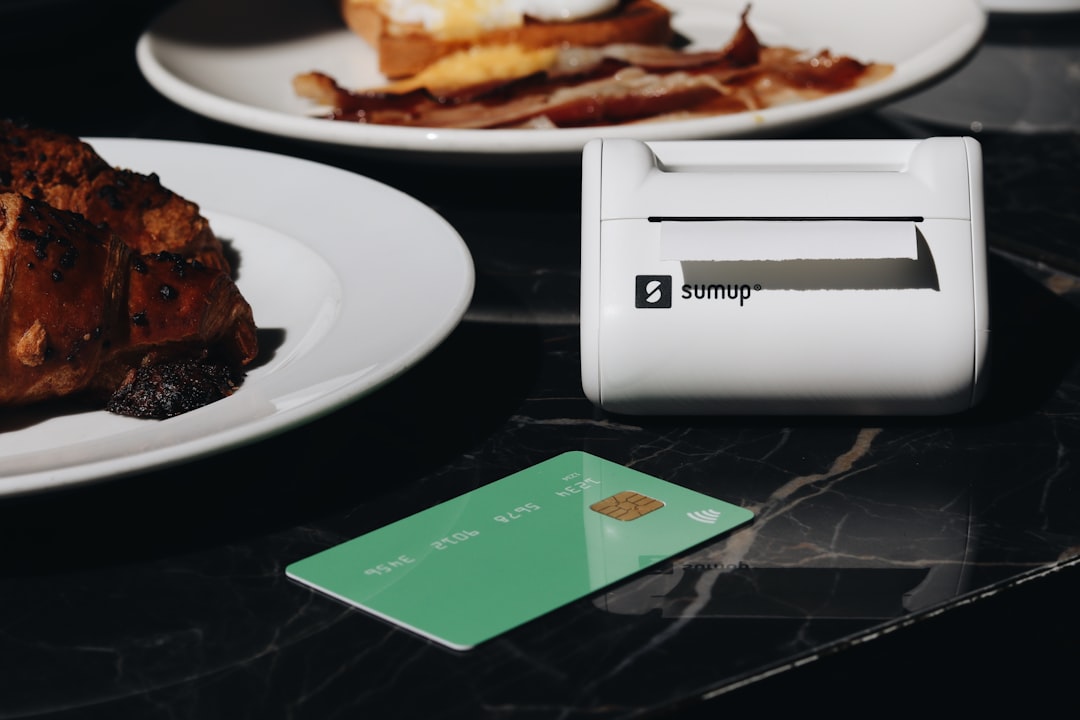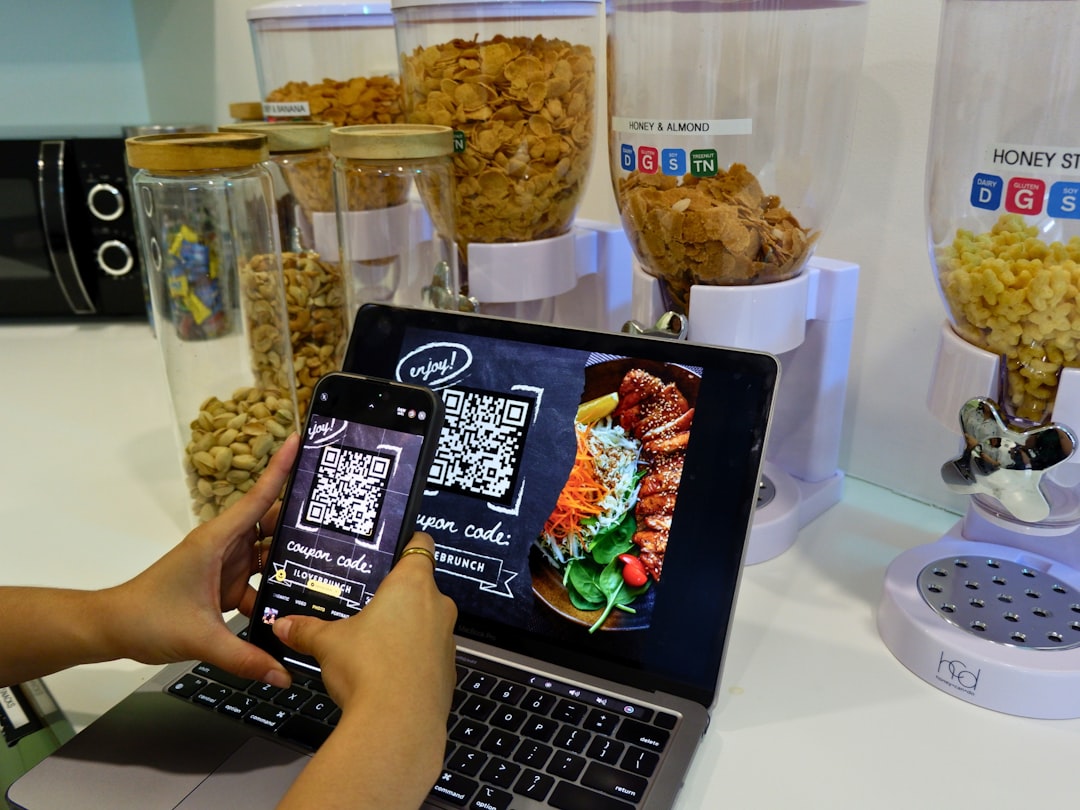What is a Restaurant POS System?
A Point of Sale (POS) system is the digital command center where all your restaurant's transactions converge. But today's POS systems are far more than just glorified cash registers. They've evolved into comprehensive management platforms that handle everything from order processing and payment collection to inventory tracking and customer relationship management.

Think of a modern POS as your restaurant's operating system—the digital brain coordinating all aspects of your business. Just as your smartphone's OS manages everything from calls to apps to notifications, your restaurant POS orchestrates the entire customer journey from initial order to final payment, while simultaneously tracking inventory, staff performance, and business analytics.
Key Features That Transform Restaurant Operations
Order Management
Modern POS systems excel at streamlining the ordering process:
- Unified order handling: Manage dine-in, takeout, and delivery orders from a single interface, eliminating the chaos of jumping between systems
- Delivery integration: Connect directly with platforms like Uber Eats, DoorDash, and others without juggling multiple tablets—a game-changer during rush periods
- Kitchen display systems: Send orders directly to kitchen screens, eliminating paper tickets and miscommunication. Imagine the reduction in errors when a complex order with modifications appears exactly as input, rather than deciphering hastily scribbled notes!
Payment Processing
Accept payments however your customers prefer to pay:
- Multiple payment methods: Process credit cards, mobile wallets (Apple Pay, Google Pay), and contactless payments—essential in today's increasingly cashless society
- Split bills and tabs: Easily divide checks by seat, percentage, or specific items, solving the age-old dining dilemma of "How do we split this?"
- Automated tipping: Suggest tip amounts and streamline the gratuity process, potentially increasing staff earnings while simplifying customer decisions
Inventory Management
Keep your stock levels optimized automatically:
- Real-time tracking: Automatically update inventory as items are sold, preventing the dreaded "Sorry, we're out of that" conversation with customers
- Low-stock alerts: Receive notifications when ingredients reach reorder thresholds, allowing for timely reordering without emergency runs to suppliers
- Waste reduction: Identify patterns in food waste to improve purchasing decisions. For example, you might discover you're consistently ordering twice as much fresh seafood as you're selling before it expires.
Staff Management
Optimize your team's performance:
- Time tracking: Monitor clock-ins/outs and labor costs, ensuring your staffing matches actual needs
- Permission levels: Control what different staff members can access, from servers who can only enter orders to managers with full administrative rights
- Performance metrics: Track sales by server, speed of service, and other KPIs, allowing you to recognize top performers and identify coaching opportunities
Reporting and Analytics
Gain insights that drive profitability:
- Sales data: Analyze performance by day, time, menu item, or server. Find out if your Tuesday special is actually profitable or if Friday's happy hour could be optimized.
- Customer preferences: Track ordering patterns to refine your menu. If your Caesar salad is ordered 10× more often than your house salad, that's valuable information.
- Operational efficiency: Identify bottlenecks in service or preparation. Perhaps orders take significantly longer during specific shifts or with certain menu combinations.
Types of POS Systems for Restaurants
Cloud-Based POS
- Accessibility: Access your data from anywhere with internet connection—check sales while on vacation or adjust menu items from home
- Automatic updates: Software improvements happen behind the scenes, eliminating the need for manual updates or IT visits
- Scalability: Easily add locations or terminals as your business grows, without major hardware investments
- Example: Spindl offers a cloud-based solution specifically designed for restaurants managing multiple delivery platforms, with real-time analytics and seamless integrations
On-Premise POS
- Offline capability: Continue operations during internet outages—critical for locations with unreliable connectivity
- One-time purchase: Often involves higher upfront costs but lower recurring fees, potentially saving money long-term
- Local control: Data stays within your establishment, which some owners prefer for security reasons
Mobile POS
- Tableside ordering: Take orders and payments directly at tables, enhancing accuracy and reducing server travel time
- Line-busting: Process orders during peak times to reduce waits—imagine servers taking orders from guests in line during your Sunday brunch rush
- Flexibility: Transform tablets or smartphones into POS terminals, allowing for dynamic service models
Self-Service Kiosks
- Customer autonomy: Let guests place orders at their own pace, without feeling rushed by a waiting server
- Upselling opportunities: Programmed suggestions can increase check averages—"Would you like to add avocado to your burger?" appears on every relevant order
- Labor optimization: Redirect staff to food preparation and customer service, enhancing the overall dining experience
How POS Systems Transform Restaurant Operations
Efficiency Gains
POS systems dramatically streamline workflows:
- Reduced manual entry: Eliminate double-entry between ordering and payment systems, saving minutes on every transaction
- Faster table turns: Process payments more quickly, especially during rush periods. One restaurant owner reported turning tables 15% faster after implementing a modern POS.
- Simplified training: Intuitive interfaces reduce onboarding time for new staff—particularly valuable in an industry with historically high turnover
Profitability Improvements
Smart data utilization leads to better business decisions:
- Menu engineering: Identify high-profit items and adjust promotion strategies. Perhaps your $15 appetizer costs just $2 in ingredients while your $30 signature dish barely breaks even.
- Labor optimization: Schedule staff based on predicted busy periods, avoiding overstaffing during slow times and understaffing during rushes
- Inventory control: Reduce waste and theft through precise tracking. According to the National Restaurant Association, restaurants lose an average of 4% of inventory to theft—a figure that proper POS systems can significantly reduce.
Enhanced Customer Experience
Modern POS systems help create memorable dining experiences:
- Order accuracy: Reduce errors with digital order transmission, enhancing customer satisfaction
- Faster service: Streamline the entire ordering and payment process, reducing wait times
- Personalization: Remember regular customers and their preferences—"Welcome back, Mr. Johnson! Your usual table by the window and sparkling water to start?"
Choosing the Right POS for Your Restaurant
When evaluating POS options, consider these factors:
- Integration capabilities: Does it work with your existing tools (accounting, reservation systems)? Seamless connections between your POS and QuickBooks can save hours of bookkeeping.
- Scalability: Can it grow with your business? The system that works for your single location should still function when you expand to multiple venues.
- Support options: Is help available when you need it most (like during Friday dinner rush)? 24/7 support isn't just nice to have—it's essential when your ability to process payments hangs in the balance.
- Total cost of ownership: Consider hardware, software, payment processing fees, and support costs for a complete financial picture
All-in-one platforms like Spindl are designed specifically for restaurants looking to streamline operations by integrating order taking, delivery management, and point-of-sale functions into a single device—eliminating the need to juggle multiple systems. Their platform provides the iPhone-like experience in a market still dominated by Nokia 3310 equivalents—intuitive, powerful, and designed for today's restaurant challenges.
The Future of Restaurant POS
The restaurant POS landscape continues to evolve with emerging technologies:
- AI-powered analytics: Predictive ordering and staffing recommendations based on historical data, weather forecasts, and local events
- Voice ordering: Hands-free POS interaction for busy kitchen environments—"POS, fire table 12's appetizers" could replace button presses
- Contactless everything: From ordering to payment, minimizing physical touchpoints for both hygiene and convenience
- Integrated delivery optimization: Smart routing and timing for delivery orders, ensuring food arrives at optimal quality and temperature
Making the Digital Transformation
Your POS system is no longer just where you take money—it's the technological foundation that can transform your entire operation. The right system doesn't just process transactions; it provides insights that drive business decisions, streamlines workflows that reduce staff stress, and creates seamless experiences that keep customers coming back.

As the restaurant industry continues to evolve, your POS system should be leading your digital transformation, not holding it back. Consider how an integrated solution like Spindl could revolutionize your operations and position your restaurant for success in an increasingly competitive landscape.
Ready to see how a modern POS system can transform your restaurant operations? The right technology partner isn't just a vendor—they're a crucial ingredient in your recipe for business success.


